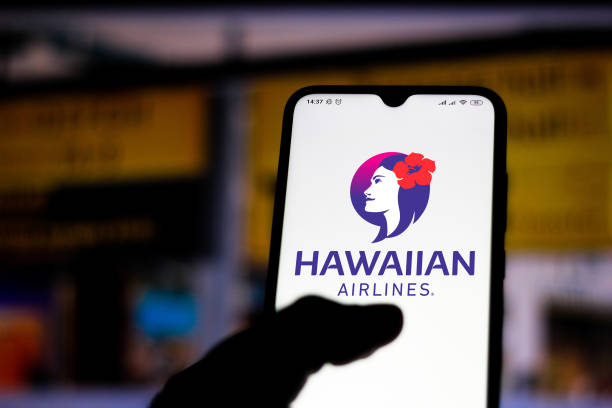
Travel with your personal mobility device
This page is for guests with disabilities traveling with their own mobility device, such as a wheelchair or scooter.
Do I need to provide advance notice?
At least 48 hours advance notice is recommended. Please call our Reservations Department at 800-367-5320.
Recommended documentation
We recommend completing our Wheelchair Description Form. Please have it ready to present when you check in at the airport.
Which types of batteries are accepted?
We accept mobility devices with installed batteries of the following types:
- Lithium-ion battery up to 300 Wh. (If the battery is non-removable, the maximum is 100 Wh.)
- Non-spillable, dry, gel, and NiMH batteries
- Spillable batteries
What to expect during travel
- Check-in: Please allow up to 1 hour more than our recommended check-in times. If your device has a battery, we will ensure that it can be transported safely. This may include removing the battery—if it is removable—and protecting it from activation during the flight. Spillable batteries will be placed in an approved battery box for safe transport.
- Loading: If your device's height exceeds the height of our cargo doors, we will discuss loading options with you or other alternatives.
Can my device be transported in the cabin?
On most aircraft, if the flight is not full, the cabin can accommodate 2 manual wheelchairs, up to 50 pounds each, on a first-come, first-served basis.
If you wish to have your manual wheelchair stowed in the cabin, please let us know before your flight, at check-in, or at the boarding gate prior to pre-boarding. Please be present at the gate in time for pre-boarding.
Can I travel with spare batteries?
If you have a lithium-ion battery-powered mobility device, you may travel with 2 spare batteries, each up to 160 Wh, or 1 spare battery up to 300 Wh. Spare batteries must be individually protected so as to prevent short circuiting. This includes placing them in original retail packaging or by taping over exposed terminals and placing each battery in a separate plastic bag or protective pouch.
